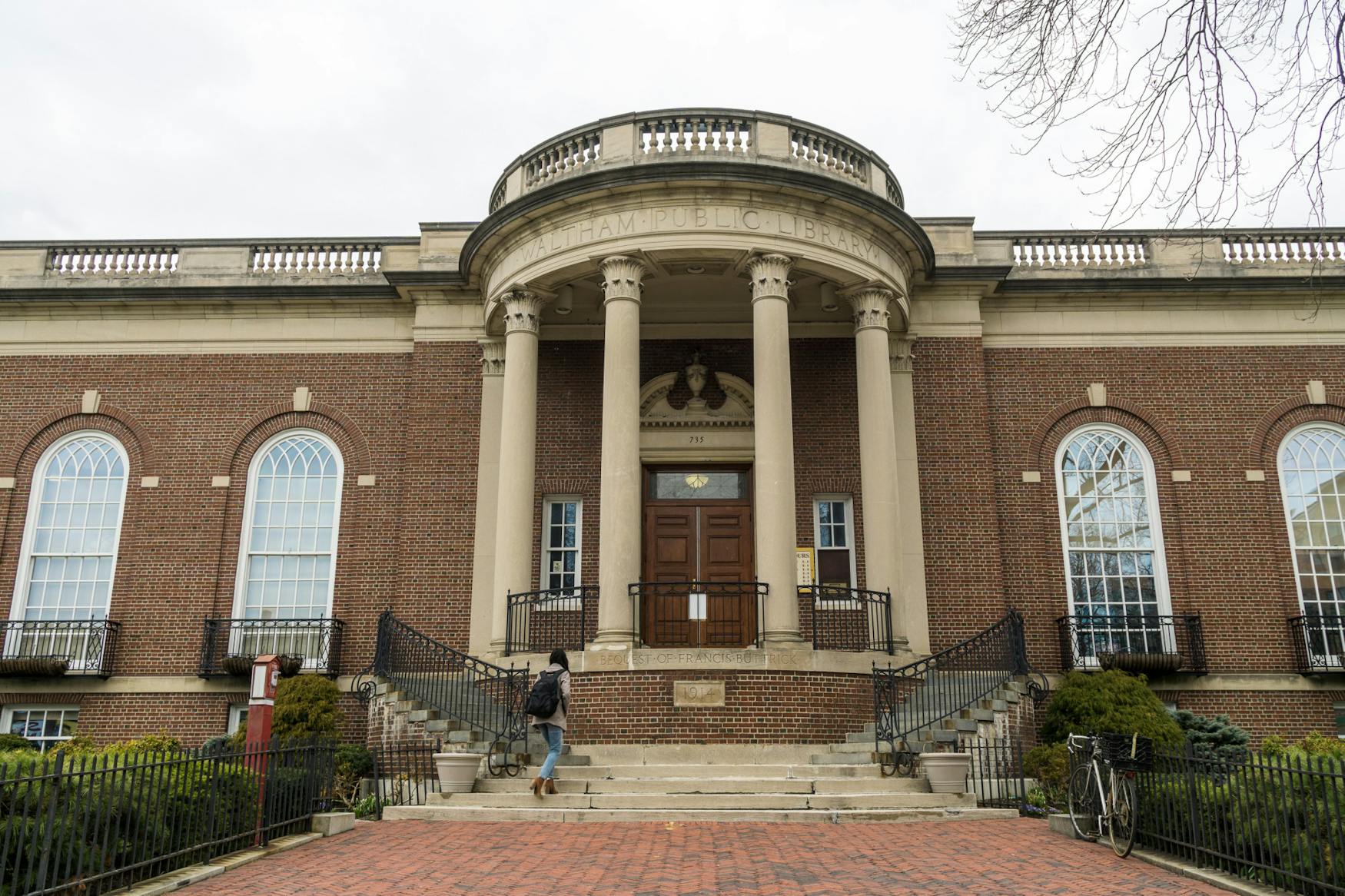Does the University actually care about Waltham?
As students, we get a number of emails from President Liebowitz about the pertinence of world news to the greater campus community, affirmations that higher-ups at the University know and understand how the events going on in places around the world might affect the student body. From a hyper-sensitivity to U.S. News Rankings to a declaration of going to the White House to meticulously surveilling the national media coverage on Brandeis’ response to the Israel-Hamas conflict, we are at times perhaps over-aware of what exactly the University thinks of events occurring outside the so-called “Brandeis bubble.”
But strangely, we rarely — if ever — get emails about what’s going on in Waltham. Many students might not know that there’s currently a mayoral election going on, in which skyrocketing rent prices and other issues that affect students are being discussed by the candidates. Even fewer might know that if they live on campus or in Waltham, they can register to vote in this election by changing their address. As members of the editorial board, we question why more isn’t done by the school to facilitate and encourage our participation and connection within the greater local community — politically, but also otherwise.
That being said, many students make efforts to connect with Waltham independently or in student-run organizations. The Waltham Group is made up of twenty programs that are split into four different houses: Health and Human Services, Mentoring and Tutoring, Housing, Environment and Advocacy, and After School Programs.
These programs connect with Waltham community members of all ages and demographics with provided transportation, allowing students to not have to rely on the campus shuttles. In addition, students receive a service transcript after completing volunteer hours, which is helpful for applications to both graduate and medical school.
While Brandeis encourages students to participate in community activities and volunteer work alongside their education, such as within the Waltham Group, it can be difficult to feel supported in doing this.
The Waltham shuttle only runs about once or occasionally twice every hour, is frequently late, and has been reported to leave students living on campus “stranded” on Moody Street when it doesn’t come. We question why the University hasn’t made accessible transportation into the city more reliable, as it is a key way to connect students with the world directly outside of the Brandeis Bubble.
Finally, we believe that the University’s involvement in supporting student engagement in Waltham — through transportation, increased access to resources and information, and a prioritization of discussing Waltham issues transparently alongside world issues — must also extend to supporting Waltham organizations themselves.
This is especially important to consider in the context of a lack of on-campus student housing. In over-enrolling, the University is complicit in the gentrification of the neighborhoods surrounding Brandeis and the struggle to find and keep affordable housing.
We understand — as outlined through yet another email from President Liebowitz early in the summer — that millions were spent on a nationwide ad campaign to draw prospective students to Brandeis. But we question if the University has put any money towards organizations that keep Waltham residents and their families housed as the lack of University housing pushes more and more students to live off campus.



Please note All comments are eligible for publication in The Justice.